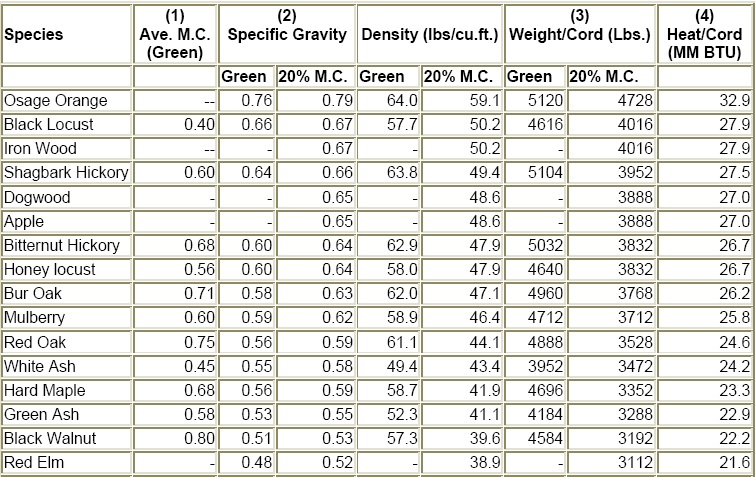Tom Trees Is About Right...

Honey locust is down the list a little, but not much. Note that the moisture content of black locust when cut green is not that high either--very desirable. That might help explain why it dries rather quickly, similar to ash.
Around here, Tom Trees is about right. The only common species that beats black locust for heat content (BTU/Cord) is osage orange (hedge), which is not that easy to find. Take a look at this table of the top 16:not sure if you're serious or not, but this isn't true...

Honey locust is down the list a little, but not much. Note that the moisture content of black locust when cut green is not that high either--very desirable. That might help explain why it dries rather quickly, similar to ash.





